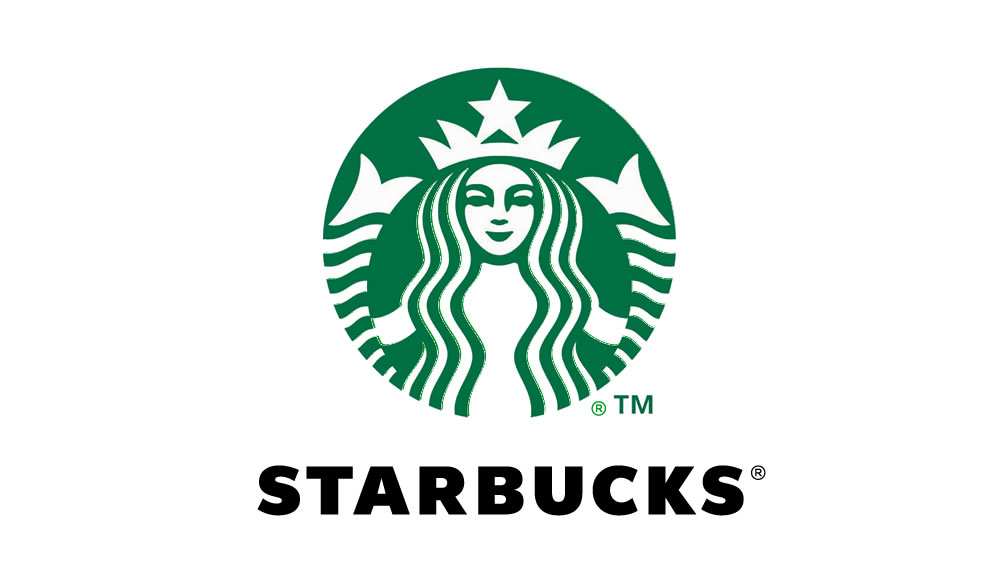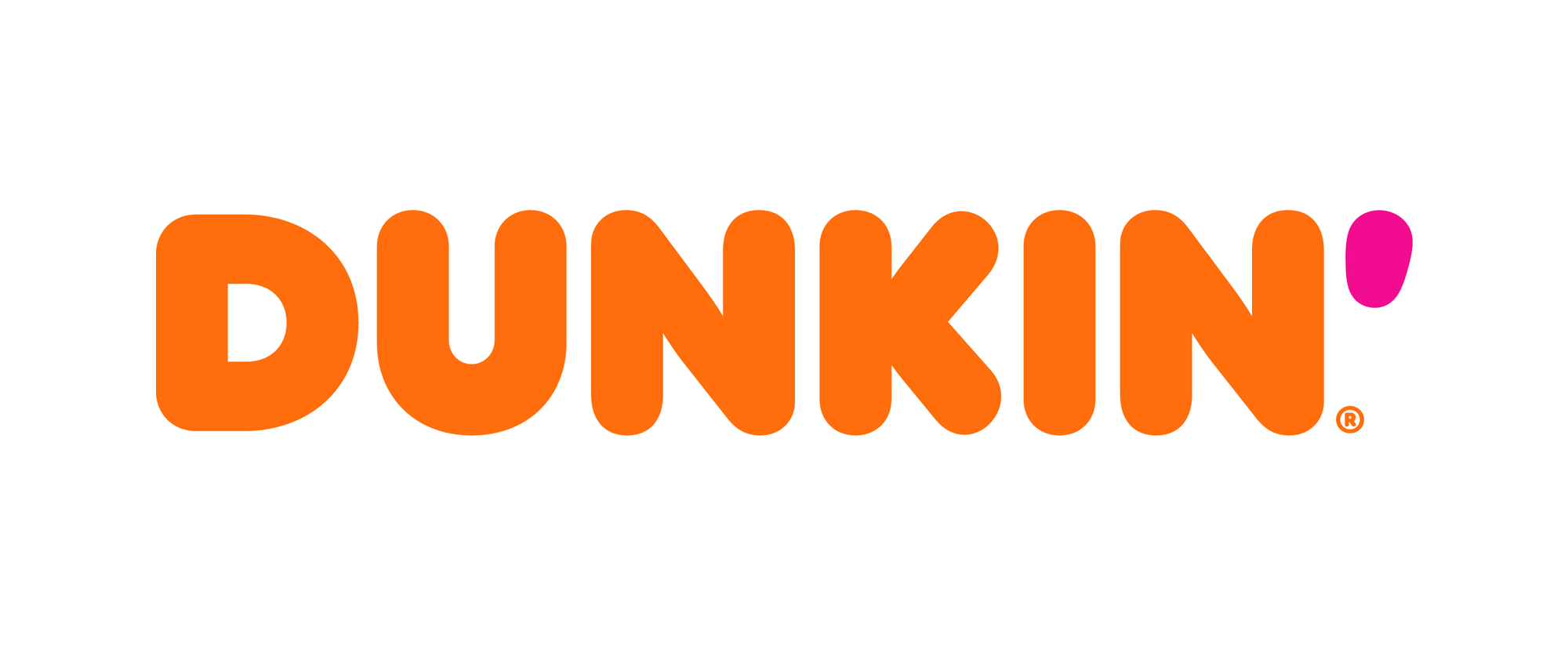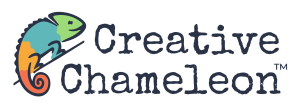You don’t need a marketing degree to understand that a logo is important for any sized business. One of the first steps an entrepreneur will take in establishing their new company is getting a logo for it, making it feel more official. And big companies will spend hundreds of thousands of dollars to make small tweaks and adjustments to widely-recognized logos. But, despite being a necessary element for a business, a logo can still be an ambiguous concept for many people. In other words, a lot of people can’t answer the question, ‘what makes a logo good?’
In this past article, you can read about how logos and branding work together. But before you can discuss the impact of a logo on a brand, you first need to be sure that your logo is functional. If your company’s logo doesn’t hit the marks of functionality, you’ll constantly be struggling with using it in any effective way. So we’re going to look at the top two coffee chains to understand what makes a logo functional.


Standing Out In The Sea
Known for venti coffees and a hipster-friendly atmosphere, Starbucks is one of the most prominent brands in the world. As notable as their coffee flavors is their visual identity, specifically the siren logo. A reason it has risen to such a famous status is that it is a functional logo. A functional logo can be used in the right places and the right ways, leading to better brand recognition.
Starbucks underwent a rebrand in 2011, addressing some of the functionality issues and resulting in the logo we recognize today. The initial thing to note about their rebrand is that they dropped a few elements. This addresses the first aspect of a functional logo.
Is it scalable?
A logo is the primary visual element of a company, and you need to be able to put it wherever it has to go. In designer terms, this is called ‘scalability.’ A logo should maintain its integrity and recognition at 1 inch across as well as 100 ft across. A test in the designers mind is, “can this logo hold strong on both a business card and a billboard?” Or “can this logo be recognized on both a building and an app icon?”
A logo is the workhorse of a visual identity. It’s going to live anywhere and everywhere you can imagine. If, when scaled down, it loses the elements that make it recognizable, then it’s not functional. This is why a good logo designer should emphasize the importance of simplicity. The simpler a logo is, the easier it is to remember, and the less information will be lost when it’s scaled.
Starbucks dropped the big outer ring and made the siren the sole point of focus. They dropped ‘coffee’ from their name, understanding that they had established enough of a brand that ‘Starbucks’ became synonymous with ‘coffee.’ They also adjusted the typography to be bolder and easier to read, increasing the scalability of the entire logomark.
If your logo can’t work at a variety of different sizes, then it’s functionality is severely limited and you might want to consider taking a page from Starbucks and undergoing a rebrand to fix the scalability issues.
Is it adaptable?
Along with the range of sizes your logo will need to occupy, a functional logo needs to be adaptable. There will be places and times that a full logomark doesn’t need to be used. When designing a logo, a designer needs to be mindful of how it can be adapted into different spaces without losing recognition and integrity. The most obvious form of this is having a primary logo ‘lockup’ and a watermark or icon lockup.
For example, famous coffee chain Dunkin’ had to consider how to adapt their wordmark into an app icon. Their solution was to drop the vowels and stack the bubble letters into a square. It’s still recognizable as the Dunkin’ logo, but is adaptable to the space it needs to occupy.
Something to remember when it comes to adaptability is that a logo should NOT be the only consistent visual element of your company. To successfully grow a recognizable brand, you should have in a place a full visual identity system. In that system should be a solidified color palette, ranging from two to six colors. If used well, these colors should become synonymous with your brand and can help support your logo when it needs to work in less-than-ideal spaces. If we look back to Dunkin’, we can see effective brand colors in action. As recognizable as their bubble letters is their vibrant orange and pink combo. So when a user is searching their phone screen for the Dunkin’ app, they aren’t going to be as jostled by the logo re-arrangement because they’ll also be on the lookout for those iconic colors and should be able to find the adapted logo with ease.

Is it unique?
The third aspect that makes a logo functional is how unique it is. This isn’t to say that your logo has to be the most ground-breaking and innovative design to work, but rather it needs to be unique enough to do the main job of a logo: identification. If you have a logo that is forgettable or that blends in with the competitors, then it’s failing at its job.
One of the reasons that Starbucks has risen to such prominence is that the siren logo is very unique, both in its specific industry and across the business landscape as a whole. Even though it isn’t directly related to coffee, it is memorable and makes a connection between the logomark and the product in the minds of consumers. You want your logo to be easily identified and have a long life in the memory of your audience. Uniqueness is a key way to accomplish this.

This is a mistake that many small businesses have in their DIY or cheap logos. Quite often they end up with a design that attempts to communicate too much about their business, resulting in it being either complicated, generic, or both. How many work trucks have you seen with a decal on it’s side depicting a mower, grass, or trees? If ten of the landscape companies in your area all use similar imagery and colors because it directly communicates what service they offer, they will all be more easily forgotten. But if one company has a unique mark that differs from the rest, then that logo will be the most functional because it best identifies that company from the others.
Break the mindset that your logo has to communicate details about your business, and instead aim for a logo that identifies your company while alluding to your brand. The Starbucks logo doesn’t scream ‘coffee,’ in fact it barely whispers it! But it does convey a sense of friendliness and openness, and the colors and visual style hints at a warm atmosphere. This is the brand position that Starbucks aims, and it connects with their target audience. All of this together is what makes the siren logo functional and strong enough to support a brand.
How Can You Test Your Logo?
By now, you should be asking yourself, “does my logo hold up?” If your company’s logo is not functional, then your next steps will be considering a rebrand. So to find out if you should start budgeting for a rebrand, here’s how you can find out if your logo is working for you or against you.
Compare it against competitors.
Collect the logos of your top 10 competitors, lay them out, and put your logo among them. Then start evaluating how well your logo does. Does it blend in with the rest? Is it interesting? Does it allude to your brand? Can you easily draw it from memory? If your logo can’t stand against your direct competitors, then it will have a hard time functioning in your industry or across a broader business landscape.
Print it out at different sizes.
Scale your logo down to an inch wide, and scale it up to fill a full sheet of paper. Then print it out and put it on a table. Ask yourself and your team, ‘does this hold up at both sizes?’ Is it muddy and jumbled at a small size? Is it too overwhelming at a large size? Tape the large size to the wall and quickly walk past it. Can you comprehend it easily within a few seconds? (This is the billboard test. If someone can’t identify your logo on a billboard as they zoom past it in a car, then it’s not functional.)
Count how many places you can use it.
Do you only have your logo on the side of a company vehicle? Have you been able to fit it on your business card? Do you have it as a favicon on your website? A logo that isn’t adaptable won’t inhabit many spaces in your company. If you’ve been struggling in using it in a variety of places, then there’s a good chance that you don’t have an adaptable logo. And a logo that can’t be used anywhere in a company is not going to do it’s job well!
Hire a designer for a brand audit.
When your vehicle is making funny noises, you take it to a mechanic to find the issue. The same can be done for your brand. A qualified designer understands what makes a logo functional and can find the issues of your current logo. Many small businesses are too emotionally attached to their first logo and struggle in seeing how it is holding them back. Hiring a designer to do a brand audit is a great step in leveling up your business and your brand. They’ll be able to be objective and find the pain points of your logo and broader visual style. You might find out that your logo just needs a few tweaks, or you might discover that the best investment would be a full brand rehaul. But just like a mechanic is best qualified to fix your car, a designer is the best way to truly understand how your logo shapes up. If you want a functional logo that works for your company, then the best path is to put it in the hands of a professional that can help guide you and your business to the best design that will work for years to come!

Connect with Madison: LinkedIn Instagram Twitter
